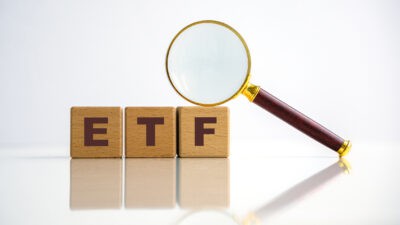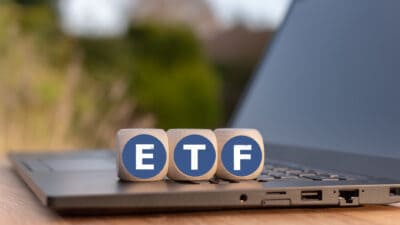The benefits of investing through a fund manager are quite clear.
You get to pool your funds with other investors, let a professional navigate the market for you and in some cases, get access to deal flow that individual investors cannot access by themselves (this applies particularly to infrastructure and real estate funds).
Even index funds and Exchange Traded Funds (ETFs) that are not actively managed such as the Betashares Global Cybersecurity ETF (ASX: HACK), BetaShares NASDAQ 100 ETF (ASX: NDQ) and the Vanguard Australian Share ETF (ASX: VAS) can provide instant diversification benefits for your portfolio.
Those benefits, however, come at a cost and the associated fees can be significant.
Take Vanguard for example, which has been leading the charge towards lower fees and has one of the lowest fees in the market. The management fees on their ETFs range from 0.04% to 0.48% per year depending on the fund.
That may not sound like much but it makes a big difference over time. Imagine a scenario where $10,000 is invested in each of these funds.
For the sake of simplicity, I assume that each fund returns 10% per year after fees and inflation so that we can analyse the numbers in real terms. I also assume that the 10% return is reinvested in each of the funds and fees are charged at the end of each year whilst the initial investment is made at the beginning of the year.
The table below shows the fees you would be charged in each of the funds over 30 years:
| Fund A
(0.04% annual fees) |
Fund B
(0.48% annual fees) |
|
| Annual fees charged in Year 1 | $4.40 | $52.80 |
| Annual fees charged in Year 5 | $6.44 | $77.30 |
| Annual fees charged in Year 10 | $10.37 | $124.50 |
| Annual fees charged in Year 15 | $16.71 | $200.51 |
| Annual fees charged in Year 20 | $26.91 | $322.92 |
| Annual fees charged in Year 25 | $43.34 | $520.07 |
| Annual fees charged in Year 30 | $69.80 | $837.57 |
| Total fees charged over 30 years | $723.77 | $8,685.28 |
Over 30 years you end up spending 12 times as much, almost $8,000 more in real terms, by investing in Fund B and not Fund A. If the fees were 2%, you would have paid a total of $36,000 over 30 years.
That is staggering and a good reason why you must pay attention to fees.
If you prefer investing in individual stocks, then you will be keen to read about these 3 revolutionary companies.







